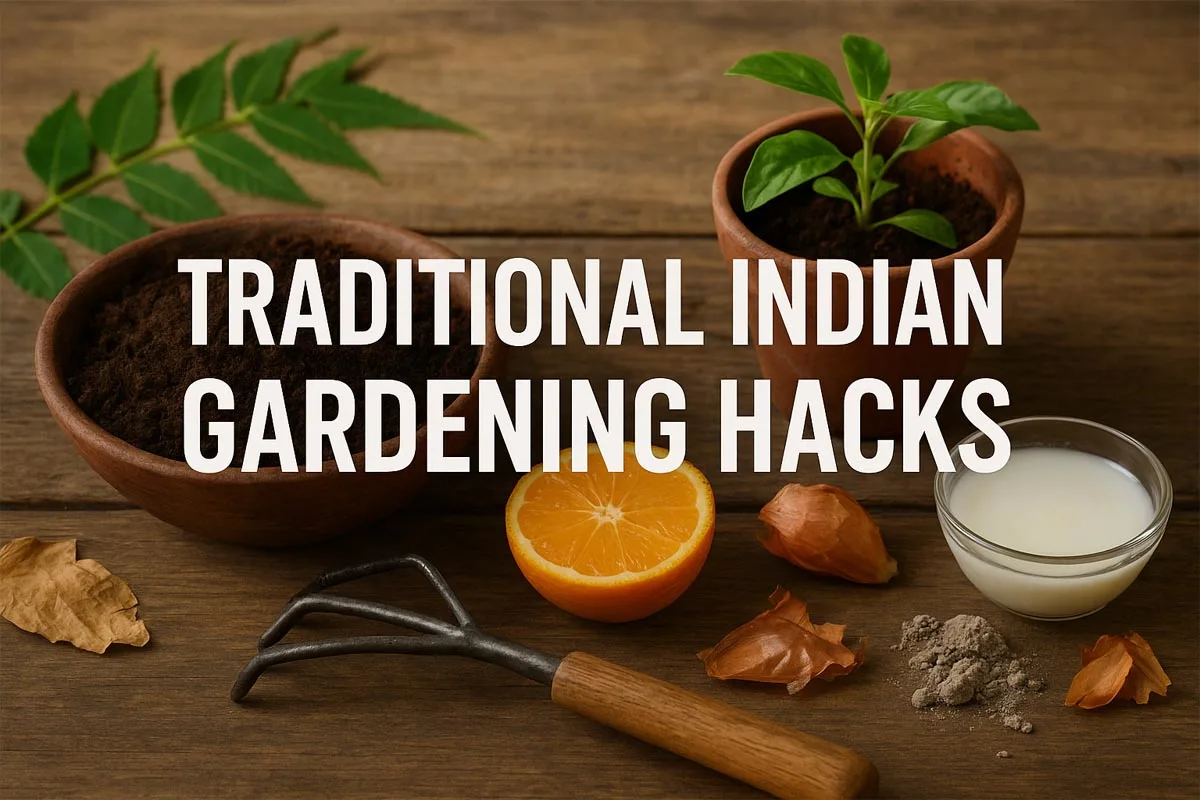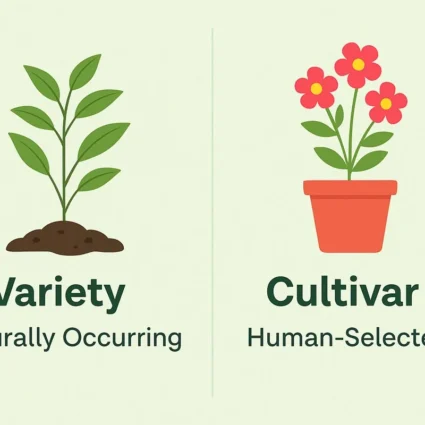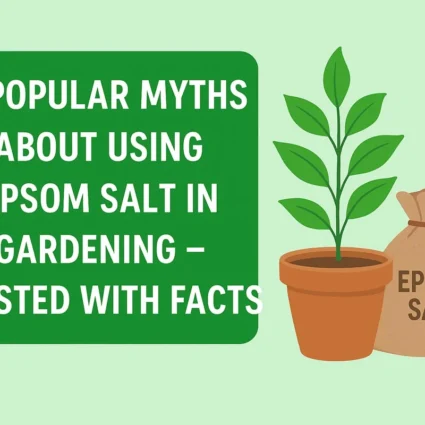
Traditional Indian Gardening Hacks Our Grandmothers Swore By
Long before chemical fertilizers and pesticides took over, Indian homes thrived with lush gardens and fertile fields using nothing but grandmother’s wisdom. Whether it was a pot of tulsi on the courtyard, a neem tree in the backyard, or vegetables growing in the kitchen garden, our dadi-nani knew exactly how to care for plants with simple, everyday ingredients.
These traditional gardening hacks are not just cost-effective—they’re eco-friendly, safe, and surprisingly effective. Let’s step into the world of timeless remedies and learn how we can revive these forgotten secrets today.
Kitchen Scraps as Fertilizer
Our grandmothers never threw away kitchen waste. Instead, they used it to feed the soil.
- Banana peels → Rich in potassium, great for flowering plants like roses and hibiscus.
- Used tea leaves → Dried and sprinkled for nitrogen boost.
- Buttermilk/curd water → Strengthens roots and keeps soil micro-organisms active.
- Ash from the chulha (wood stove) → Source of calcium and phosphorus, especially for fruiting plants.
Hack: Dry peels, powder them, and mix into soil for slow-release nutrition.
Neem – The Ultimate Plant Doctor
Neem was (and still is) the favorite green pharmacy of Indian homes.
- Neem leaves in soil → Prevent root rot.
- Neem oil spray → Keeps away aphids, mealybugs, and other pests.
- Neem cake fertilizer → Enriches soil and acts as a natural pesticide.
Our grandmothers would often soak neem leaves in water for a few days and use it to water plants—keeping them pest-free naturally.
Buttermilk & Yogurt Spray
While today’s gardeners buy expensive bio-fertilizers, dadi–nani simply reached for buttermilk.
- It acts as a probiotic for soil, boosting microbial activity.
- Spraying diluted buttermilk controls fungal infections like powdery mildew.
- Yogurt mixed with water also improves leaf shine and plant strength.
Ratio: Mix 1 part buttermilk with 4 parts water and spray weekly.
Onion & Garlic Magic
Indian kitchens always had an instant organic pesticide ready—onion and garlic.
- Garlic paste with water → Keeps away caterpillars and ants.
- Onion peel tea → Rich in antioxidants, strengthens plants against diseases.
DIY Recipe: Boil onion peels in water, cool, and spray. Your plants will thank you!
Panchagavya – The Ancient Tonic
One of the most powerful traditional gardening remedies, Panchagavya (made from cow dung, cow urine, milk, curd, and ghee) was considered sacred and potent.
- It acts as a growth promoter.
- Increases flowering and fruiting.
- Improves soil fertility.
Even today, many organic farmers swear by this age-old formula.
Turmeric & Asafoetida (Hing)
Yes, the very spices from grandma’s kitchen doubled as plant protectors.
- Turmeric powder → Prevents fungal infections in seedlings.
- Hing water → Keeps away nematodes and soil-borne pests.
Tip: Sprinkle turmeric in potting soil while transplanting.
Also Read This :Dadi Nani Ke Nuskhe: Natural Remedies to Keep Plants Healthy at Home
Natural Moisture Retainers
Water scarcity was common, so dadi–nani had tricks to keep soil moist longer.
- Adding coconut husk pieces in pots helped retain water.
- Clay pot shards at the bottom of planters improved drainage.
- A layer of dried leaves or straw mulch reduced evaporation.
These hacks are especially useful for today’s balcony and terrace gardeners.
Ash for Pest Control
The ash from the kitchen chulha wasn’t wasted. It was sprinkled around plants to:
- Repel snails and slugs.
- Add essential minerals to the soil.
- Balance soil acidity.
It’s still one of the simplest zero-cost fertilizers.
The Role of Music & Mantras
This may sound unusual, but many elders believed that talking to plants, chanting mantras, or playing soft music helped them grow. Science today also suggests plants respond positively to sound vibrations!
Coconut Water & Rice Water Boost
- Tender coconut water → A natural rooting hormone for cuttings.
- Rice water (after washing rice) → Provides starch, vitamins, and nutrients for healthy growth.
These are easy, chemical-free tonics still used widely in rural homes.
Also Read This :Glow-in-the-Dark Plants: The Future of Green Lighting
Quick Reference Table of Grandma’s Gardening Hacks
| Ingredient | Use Case | Benefit |
|---|---|---|
| Banana Peel | Fertilizer | Boosts flowering & fruiting |
| Neem Leaves/Oil | Soil & Pest Care | Fights diseases, pests |
| Buttermilk | Foliar Spray | Prevents fungal infections |
| Onion Peel Tea | Spray on plants | Strengthens immunity |
| Panchagavya | Soil tonic | Enhances growth, flowering |
| Turmeric Powder | Soil additive | Prevents fungus in roots |
| Ash | Soil top layer | Repels pests, adds minerals |
| Rice Water | Watering plants | Provides nutrients & energy |
Conclusion: Old Wisdom, New Relevance
Our grandmothers may not have had fancy tools, but they understood the rhythm of nature better than most of us today. Their hacks were simple, sustainable, and effective. By reviving these traditional Indian gardening remedies, we not only protect our plants but also reconnect with a lifestyle that was truly in harmony with nature.
So next time your plant looks dull, skip the chemical spray—try a dadi–nani ka nuska instead. Chances are, it will work wonders!
Also Read This :Grandma’s Secret Remedy: 3 Plants More Powerful Than Tulsi




